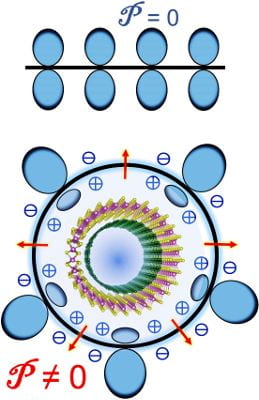Between an international pandemic and a dissertation defense from home, it’s a honeymoon they’ll never forget

Nitant is a Rice graduate student working in the lab of Boris Yakobson, while Lehigh University grad student Megha is preparing to defend her dissertation.
Their honeymoon was unique. Now, as the newlyweds adhere to social distancing guidelines put in place to combat the coronavirus pandemic, Nitant Gupta and Megha Sharma Gupta are spending plenty of quality time together at their new apartment in Houston.
“I am sure that Megha and I will cherish this for a long time,” Nitant said.
On March 11, the couple were married in Megha’s hometown of Udaipur, a joyous and well-attended occasion in one of India’s most beautiful cities. They were scheduled to return to the U.S. later in the month.
But with coronavirus spreading across the globe, the two graduate students quickly realized if they didn’t leave soon they might not be able to get back to Rice, where Nitant is pursuing his Ph.D. in material science.
– See more at Rice News


 One nanotube could be great for electronics applications, but there’s new evidence that two could be tops.
One nanotube could be great for electronics applications, but there’s new evidence that two could be tops.